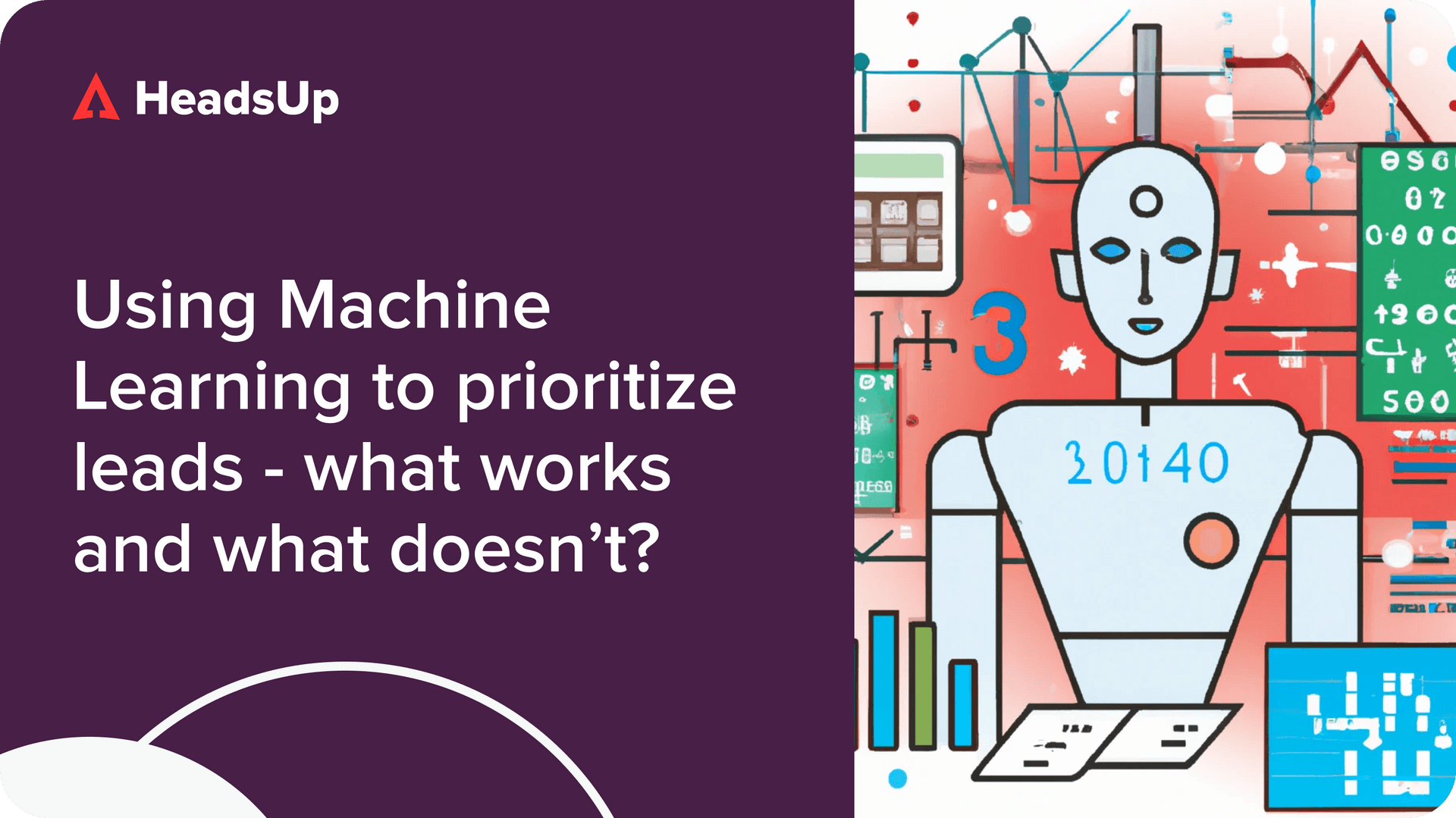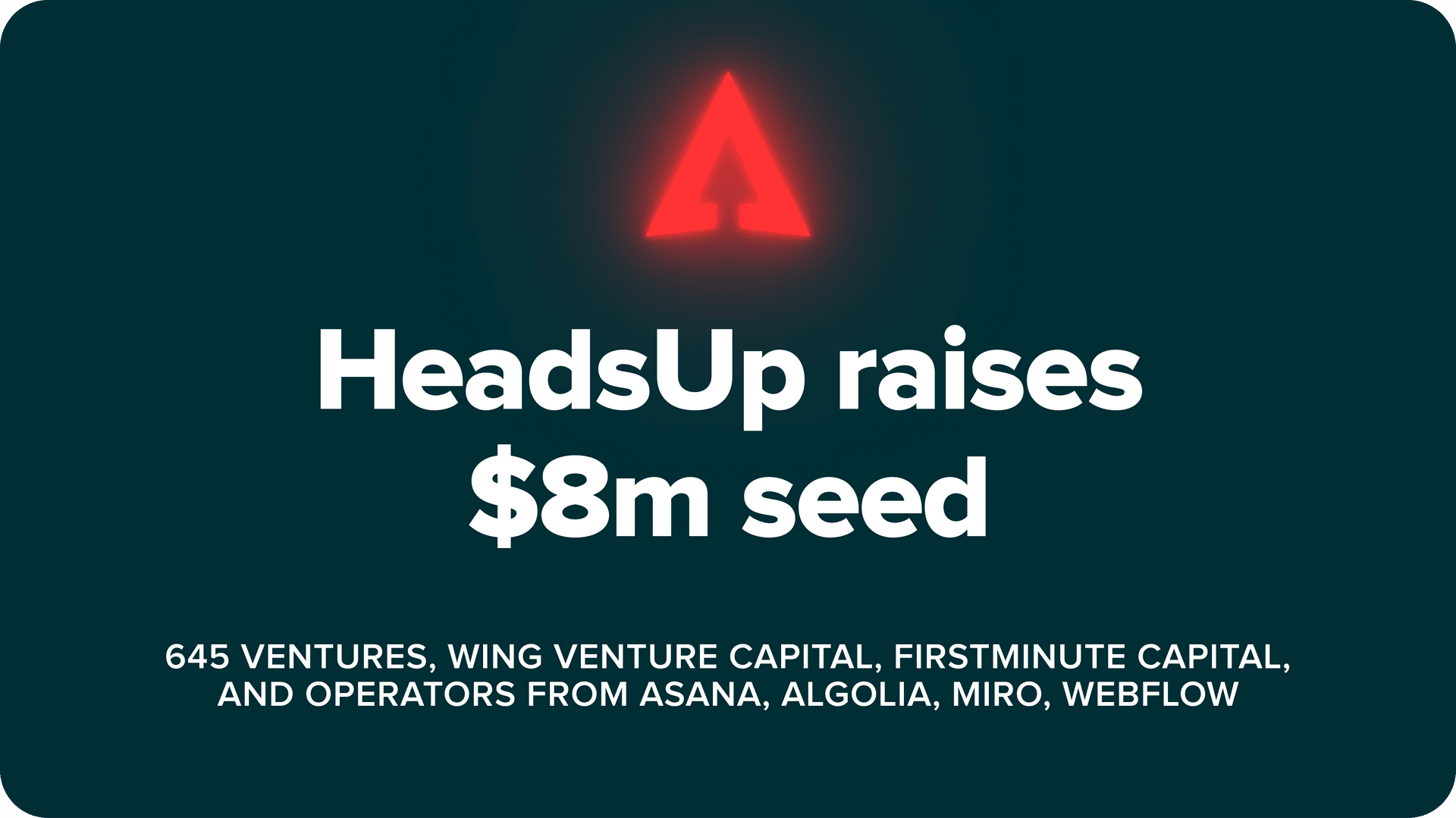What do you do as a sales leader at a scaling PLG startup when your sales targets start multiplying?
It may be tempting to advocate for rapidly increasing sales headcount. Since sales is bringing in all the revenue, you may think that it makes sense to become a more sales-led organization.
But don’t buy into that idea, warns Alex Kudelka, who built sales organizations at PLG companies like French search API unicorn Algolia and swiss scheduling startup Doodle, and now leads sales as VP at mobile DevOps startup Bitrise.
In a recent interview on our podcast, Alex reflected that many sales leaders tend to downplay the value of a product-led growth engine as their companies mature and scale.
“It’s easy to solve for your annual plan by scaling your sales team 5x and getting quota coverage. The long term success in PLG comes from scaling the product and growth levers equally with sales in a way that they are all responsible for creating those events that trigger sales conversations at the right moment, with the right person.”
Alex Kudelka, VP of Sales, Bitrise
In this article, we share an insider’s view from Alex on how the PLG engine at Bitrise works, and how he builds a hyperefficient sales organization by deeply integrating sales efforts into the company’s product-led funnel.
Bitrise’s product-led growth engine
Alex describes the product-led growth engine at Bitrise as a carefully designed funnel focused on scaling revenue based on “opportunity moments” at various stages of the customer journey.
“There’s somebody who owns the total opportunity creation – not MQLs or leads, but how many opportunity moments occur in Bitrise, taking into account personas, accounts, and buying propensity and behavior,” Alex highlights.
A company-wide focus on scaling the volume of these opportunities – one key example of which is a Product Qualified Lead – allows product and growth teams to be incentivized to work together to generate them.
While marketing and outbound sales may generate ‘leads,’ the product team has to ensure that sufficient value is delivered within product usage to turn these into opportunities. By goaling all teams against building opportunity moments, and facilitating close collaboration through a cross-functional PLG leadership team, Bitrise’s teams move in lockstep towards the same strategic direction.
Constantly tracking the volume of opportunity moments generated helps mitigate one common pitfall faced by growing freemium SaaS companies. Alex highlights one “classic scenario” where companies chase growth by expanding revenue purely from existing users. “A lot of companies want to grow, grow, grow, grow, and you can. But if you’re just leaning into your existing install base, you’re going to be forgetting about new business, you’re going to be forgetting about additional value.”
Such an approach will ultimately prove unviable, Alex stresses. “Eventually you’re going to have a quarter where you sell so much expansion dollars and in the following quarter you’re not going to have those, but you still have to grow at a certain rate.” By measuring success against growth in volume of opportunity moments, rather than just bottom-line revenue, PLG teams can ensure a more sustainable growth engine.
Sales leadership in PLG is about building efficiency
The strength of an engine focused on opportunity moments rather than leads is the potential of much higher efficiency in sales.
Alex reflects that as a sales leader in a PLG company, one thinks less about lobbying for more sales resources, and instead focuses on hitting higher targets by building more intelligent pipelines of deals that translate to much higher efficiency for each sales rep and the entire sales organization.
“You’re going to be challenged at times to solve for gaps when you have a higher quota. And the traditional solution in sales is okay, we’ve sold this much, and we need to get to this number. And you just say, ‘okay, let’s go at it with headcount.’ And that’s a miserable approach, because you’re not building for how you hit. You’re just building a way to hit.”
Alex Kudelka, VP of Sales, Bitrise
Increasing headcount to hit higher sales targets is a “top down model” that Alex believes dilutes the kind of efficient revenue growth that PLG companies should be chasing.
Instead, PLG sales leaders should first think about how to drive success and efficiency for each and every sales rep by leaning on the product-led funnel to generate higher volume and quality of opportunities, before adding on more sellers to the team.
To achieve this at Bitrise, Alex establishes a clear, detailed plan for how each sales rep in his organization will be able to achieve their targets from a pipeline of opportunities from various specific sources of the product-led funnel.
For example, intelligent data tools help Bitrise build hierarchical maps of user accounts and identify exact numbers of cross-sell opportunities within customer organizations where some users have already upgraded to paid plans. That way, sales reps have a clear understanding of how they can reach higher quotas and are equipped with the necessary data to prioritize deals to go after.
“Instead of here’s your number, we’re going to spend more money on marketing, here’s a BDR resource, and just go to town, we explain to them how they can hit their quota and we hire at a cadence that allows reps to stay just one or two steps ahead,” Alex explains.
By focusing first on building a pipeline of high-intent opportunities for your reps before increasing headcount, PLG sales teams also avoid a situation where customer accounts are funneled to sellers for the sole purpose of helping them meet quota, when some in fact could have been closed more efficiently, for example, through a self-serve motion.
Product-led sales optimizes resource allocation
A key way in which a product-led sales engine keeps revenue efficient for a SaaS company is by distinguishing opportunities that require active sales engagement from those that may just require a light touch, and those that do not require sales at all.
Bitrise applies multiple filters to an opportunity, including buying propensity – which product usage data helps determine – projected customer lifetime value, and projected deal velocity and complexity. Only deals that are sufficiently large and involve complex use cases are funneled to sales.
At the end of the day, nobody wants to build an unnecessarily large sales organization. Instead, you want to build an efficient revenue engine that enables users to buy in the best way according to their needs. If you don’t over scale your sales organization, then you don’t have to lean into poor practices like pumping lower value “leads” to sales reps, which ultimately results in an under performing sales organization.
Alex Kudelka, VP of Sales, Bitrise
An iterative, data-driven process helps Bitrise determine which customers should be purely self-serve and which should be engaged to what extent by a sales rep. Importantly, customers are not automatically assigned to sales resources just because they fall into certain firmographic criteria like company size. For example, Alex highlights that a large financial institution may seem like a customer to assign by default to an enterprise sales rep. But instead of assuming a high account value purely based on what kind of company the customer is, a product-led growth engine allows Bitrise to triangulate from multiple data sources to determine the appropriate level of sales touch to be applied to the user at different points in time.
In this way, Alex’s sales organization also avoids operating in artificial silos of ‘enterprise accounts’ vs small businesses – all opportunities go through the same funnel to determine what the most efficient way to engage is.
What is really new about PLG
For Alex, PLG sales at the end of the day is a revolution not because it is a fundamentally new philosophy of selling. Rather, it is an approach that extends what freemium SaaS companies have known already for a while – that buying intent should be the leading indicator that sales teams lean into to optimize conversion rates.
What has changed from 5 years ago is that freemium SaaS companies now have access to much more than just firmographics as signals of intent. Sales tech tools in the last 3 years have enabled revenue organizations to gain visibility into customer usage behavior to more accurately determine buying propensity. “When you’re PLG, you can focus on those who are actually doing the behaviors that are long term indicators that they are going to want to keep using your product, instead of just selling to everyone that matches your ICP,” Alex underscores.
Ultimately, the power of product led sales lies in leveraging signals of intent to sell more efficiently, rather than just more. Sales leaders in PLG companies should fully embrace this approach and leverage these capabilities to build more efficient sales organizations.

